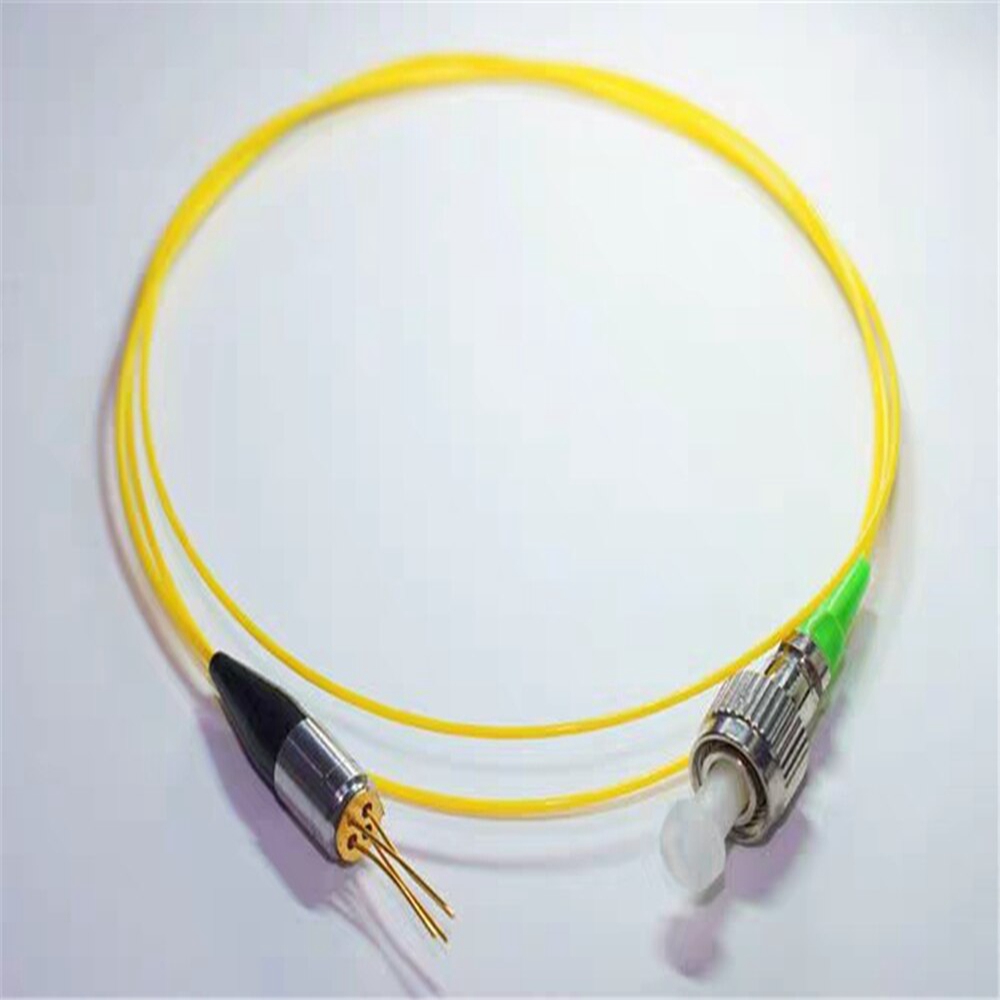1550nm Lasers emit laser light in the short-wave infrared (SWIR) or the near-infrared (NIR) range for the SLEDs. These Lasers are grouped together around a center wavelength of 1550nm . The 1550nm Distributed Feedback Fiber-Coupled Laser Diodes DFB Laser provide up to 10mW (CW) output power.
1550 nm is the ideal wavelength of choice due to its eye safe nature at high power. These high power lasers give users higher fidelity, longer distances and more acurate results than any other option.
The main difference between FP and DFB lasers is the spectrum width. The spectrum width of 1550nm DFB laser is generally narrow, and it is a single longitudinal mode with distributed negative feedback. The 1550nm FP laser has a relatively wide spectrum and is a multi-longitudinal mode laser. Communications are conducted at wavelengths of 850 nm, 1300 nm, and 1550 nm, none of which are visible.
Laser pulses of sufficient power at 1550 nm can damage the cornea and lens, but the thresholds are higher than for the retina at shorter wavelengths because the cornea and lens are less sensitive than the retina and the light is not focused within the eye as it is on the retina.
1550nm Laser (also represented as 1.55um Laser) is one of three optical windows in optical fiber. These optical windows whose centers are at the wavelengths 850nm, 1300nm and 1550nm are where the optical fiber is most transparent, and thus most efficient for transmission.





